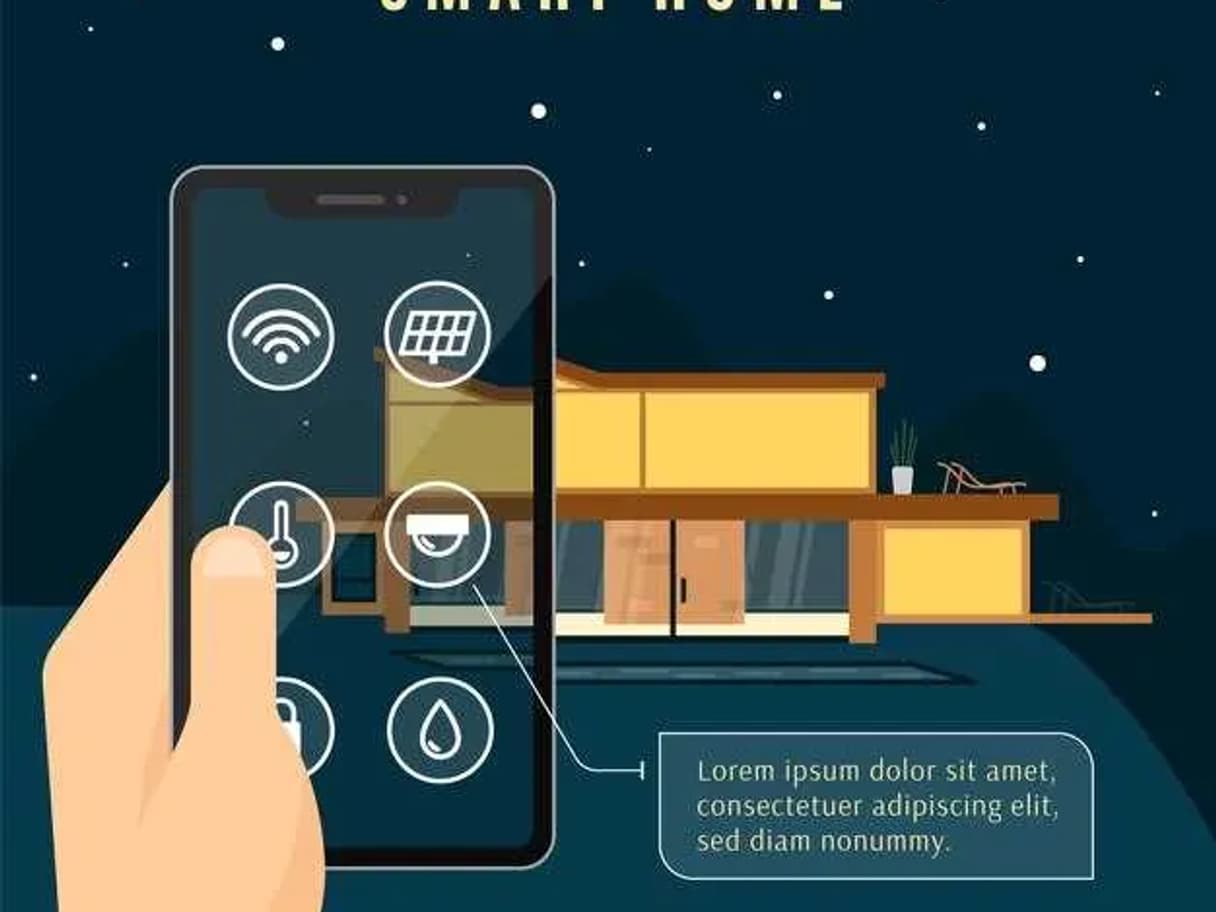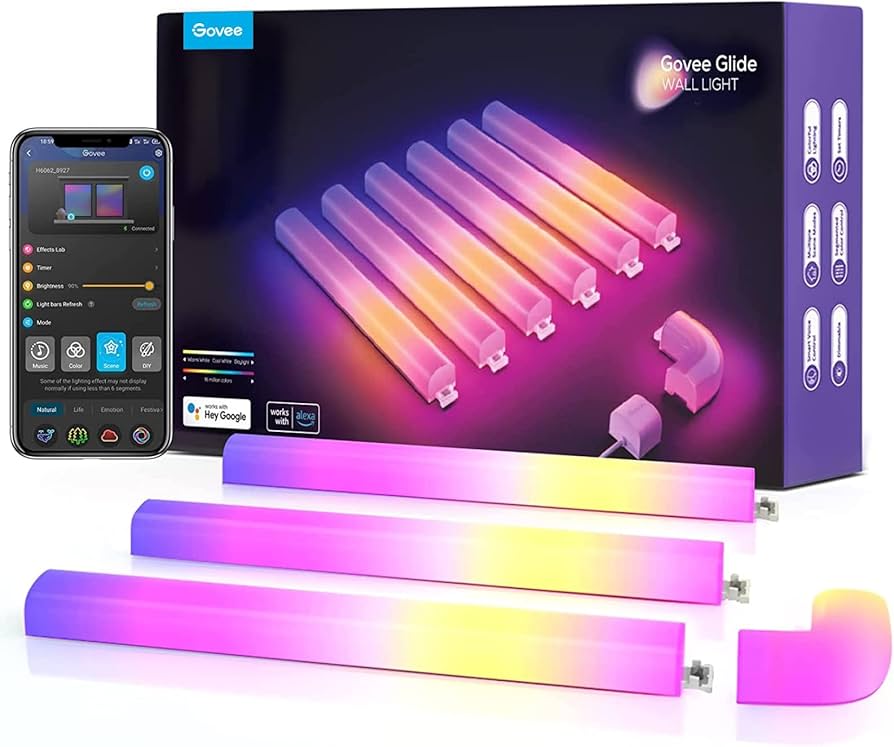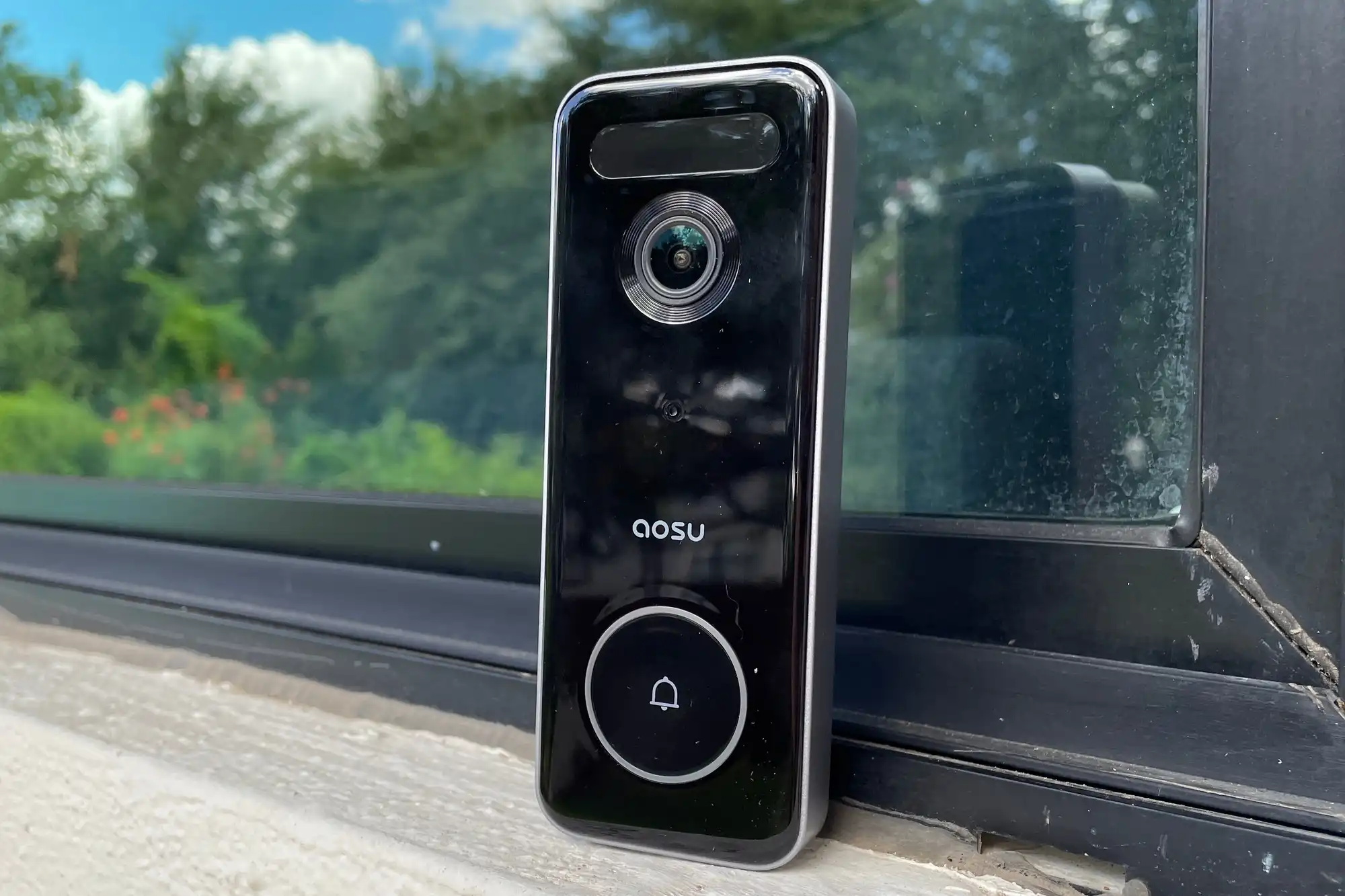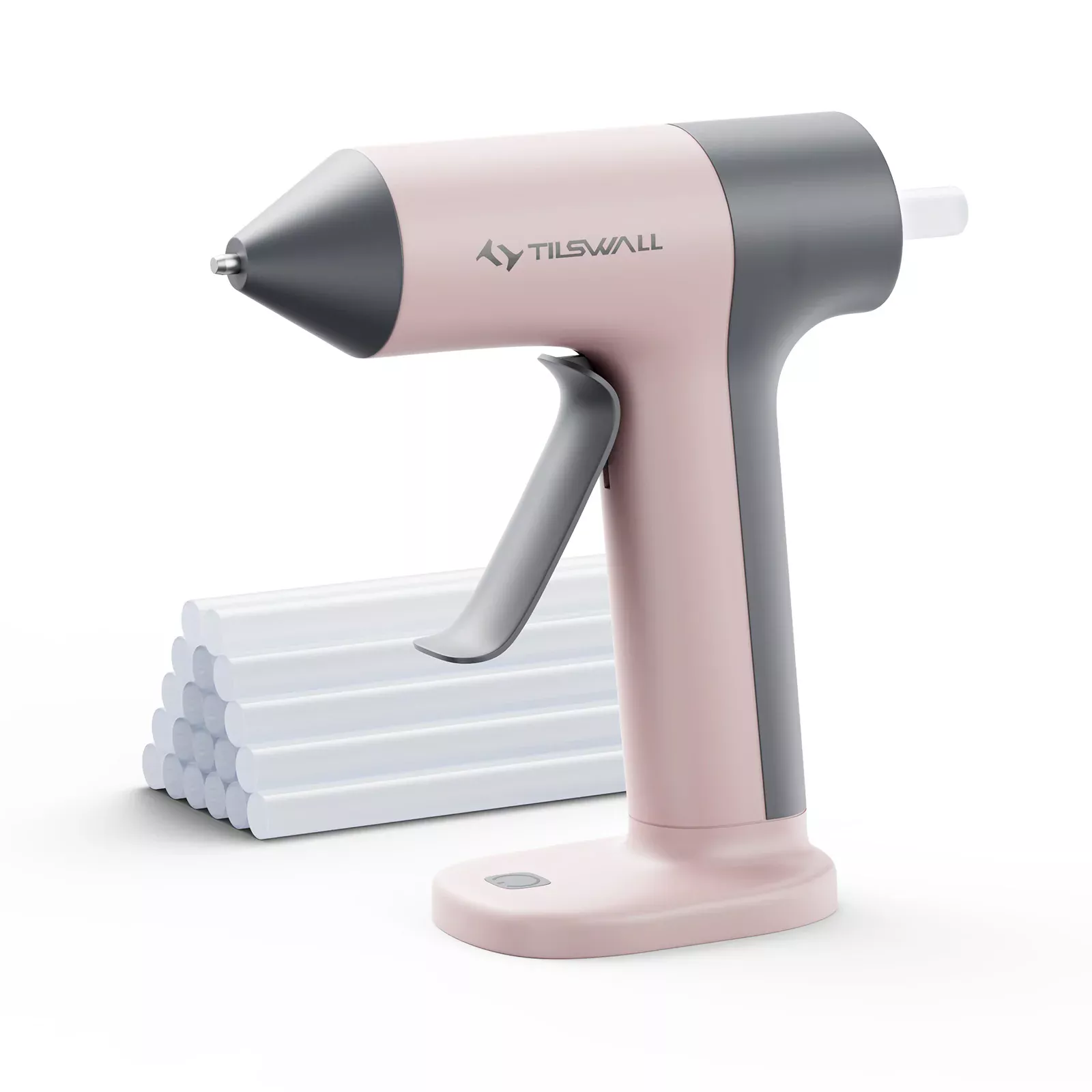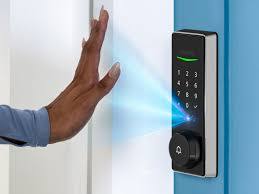Are you ready to turn your house into a smart home but don’t know where to start? Smart home integration can feel overwhelming with so many devices and options.
But it doesn’t have to be. This checklist will guide you step-by-step to make sure you get everything right the first time. By the end, you’ll have a clear plan to connect your devices seamlessly, boost your home’s convenience, and even save money.
Keep reading, and you’ll discover the simple secrets to smart home success.
Choosing The Right Devices
Smart home devices make life easier and more comfortable. Picking the right devices is key to a smooth setup.
Think about what you need and how devices will work together before buying.
Compatibility Considerations
Devices must work well with your home network and each other. Check if they use the same communication system.
Look for devices that support popular platforms like Alexa, Google Assistant, or Apple HomeKit.
- Wi-Fi, Zigbee, or Z-Wave support
- Voice assistant compatibility
- App control availability
- Integration with existing smart devices
Essential Smart Devices
Start with devices that improve daily routines. Choose items that fit your lifestyle and needs.
- Smart lights for easy control
- Smart thermostats to save energy
- Security cameras for safety
- Smart locks for keyless entry
- Voice assistants for hands-free help
Adding these devices creates a strong foundation for your smart home.
Budget Planning
Plan your budget before buying. Smart devices vary in price and features.
Decide which devices are most important. Buy those first and add more later.
- Set a total spending limit
- Compare prices and reviews
- Check for package deals or bundles
- Include installation or subscription costs
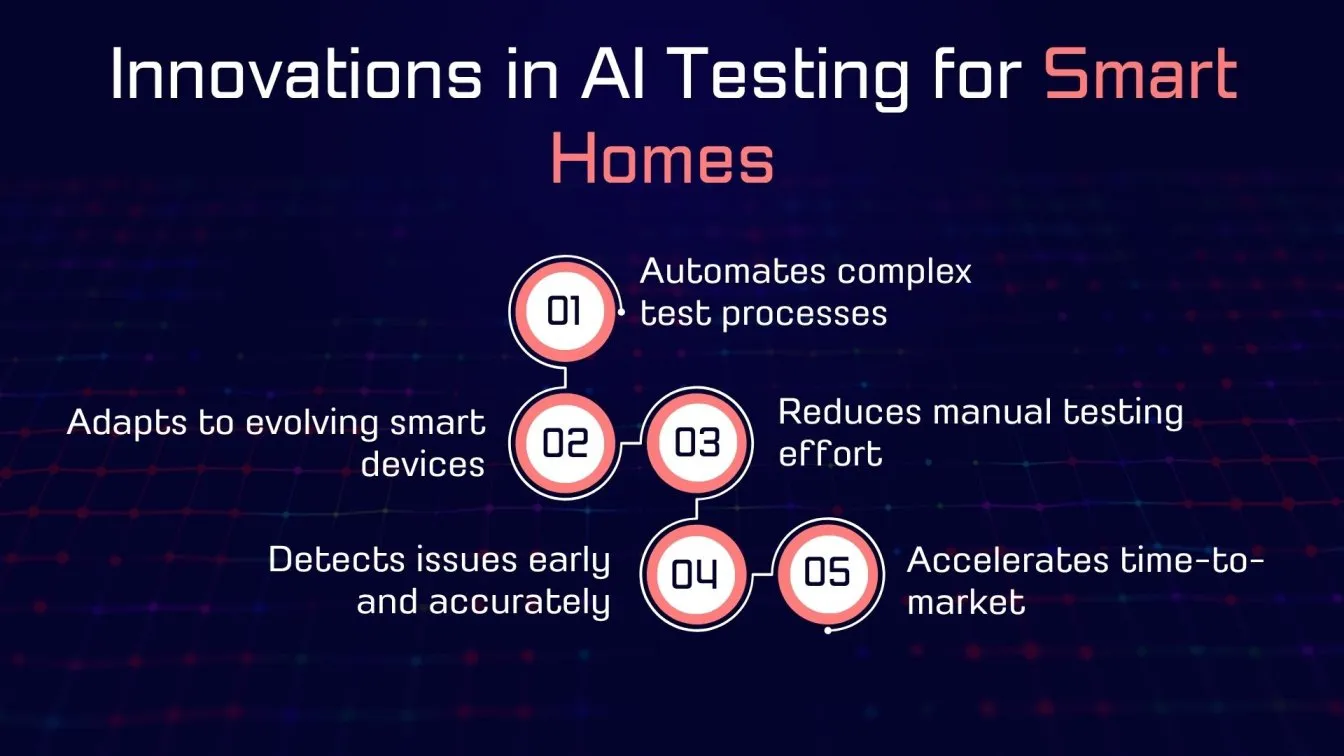
Credit: www.frugaltesting.com
Network Setup And Security
Setting up a smart home needs a strong and safe network. Your devices rely on good connections to work well.
Keep your network secure to protect your privacy and stop hackers from accessing your devices.
Reliable Wi-fi Configuration
Use a strong Wi-Fi signal to connect all smart home devices without drops. Place your router in a central spot.
Choose the right Wi-Fi band. The 2.4 GHz band covers longer distances, while 5 GHz offers faster speeds nearby.
- Place the router high and open
- Use Wi-Fi extenders for large homes
- Set a unique network name (SSID)
- Update router firmware regularly
Securing Your Smart Home
Protect your smart devices by changing default passwords to strong, unique ones. Avoid easy or common passwords.
Use network encryption like WPA3 to keep data safe. Turn off remote access if you do not need it.
- Enable two-factor authentication if available
- Regularly update device software
- Monitor connected devices on your network
- Separate smart devices on a guest network
Managing Bandwidth
Smart devices share your internet bandwidth. Manage it to avoid slowdowns or interruptions.
Limit high-bandwidth activities during important device use. Prioritize traffic for security cameras or alarms.
- Use Quality of Service (QoS) settings on your router
- Schedule updates and backups during low use times
- Disconnect unused devices
- Check bandwidth use regularly
Central Control Systems
Central control systems help manage all smart home devices from one place. They make your home easier to control and more efficient.
With the right system, you can automate tasks, monitor devices, and improve security. Choosing the right control system is important for your smart home setup.
Smart Hubs And Controllers
Smart hubs connect different devices and allow them to work together. They act as the brain of your smart home system.
Controllers can be physical devices or apps that let you adjust settings and create automation routines easily.
- Integrate lights, locks, thermostats, and cameras
- Support multiple communication protocols like Zigbee or Z-Wave
- Allow easy expansion with new devices
Voice Assistant Integration
Voice assistants let you control smart devices using simple commands. They add convenience to your daily routines.
Popular voice assistants include Amazon Alexa, Google Assistant, and Apple Siri. Each supports many smart home devices.
- Turn devices on or off with your voice
- Ask for status updates or control settings
- Set timers and reminders for smart devices
Mobile App Management
Mobile apps give you control of your smart home from anywhere. You can check and adjust devices using your smartphone.
Apps often provide notifications and allow you to set schedules and rules for your devices.
- Monitor device status and alerts
- Control multiple devices with one app
- Create automation scenes and schedules
Device Installation Tips
Setting up smart home devices can be easy with the right tips. Proper installation helps devices work well and last longer.
Follow simple steps to place and connect your devices correctly. This guide covers key points for a smooth setup.
Optimal Placement
Place devices where they can perform their best. Avoid spots blocked by furniture or walls.
Devices like cameras and sensors need clear views and open space to work well. Keep them away from heat or water.
- Install cameras at entrances or main rooms
- Put sensors in high traffic areas
- Avoid placing devices near metal objects
- Keep smart speakers in open spaces for better sound
Power And Connectivity
Check power sources before installing devices. Some need batteries; others require plugs.
Strong Wi-Fi is important. Devices should be close to your router or use a Wi-Fi extender.
- Use fresh batteries for battery-powered devices
- Place devices near power outlets if needed
- Test Wi-Fi signal strength at the device location
- Consider wired connections for devices that support them
Professional Vs Diy
Decide if you want to install devices yourself or hire a professional. Both have pros and cons.
DIY saves money and lets you learn. Professionals ensure correct setup and may offer support.
- DIY is good for simple devices and tech-savvy users
- Professional help is best for complex systems or large homes
- Professionals can optimize placement and wiring
- DIY requires following instructions carefully for safety
Automation And Scenes
Smart home integration makes life easier by automating daily tasks. Automation and scenes help control devices together.
These features allow your home to respond to your needs without manual work. You can set moods, save energy, and improve security.
Creating Custom Routines
Custom routines let you combine actions into one command. For example, you can turn off lights and lock doors with a single tap.
Design routines that fit your daily habits. This saves time and makes your home respond to your lifestyle.
- Turn on lights and start music when you arrive home
- Set thermostat and close blinds at bedtime
- Activate security cameras when you leave
Scheduling Devices
Scheduling devices means setting them to turn on or off at certain times. This keeps your home running smoothly all day.
You can schedule lights, thermostats, and appliances to save energy and increase comfort. It works even if you forget.
- Turn off outdoor lights at sunrise
- Start the coffee maker every morning
- Lower the thermostat during work hours
Using Sensors Effectively
Sensors detect movement, light, temperature, and more. They help automate your home based on real-time data.
Use sensors to make smart decisions like turning lights off in empty rooms or adjusting heating when windows open.
- Motion sensors trigger hallway lights at night
- Light sensors adjust indoor brightness
- Temperature sensors manage heating and cooling
- Door sensors activate alarms or notifications
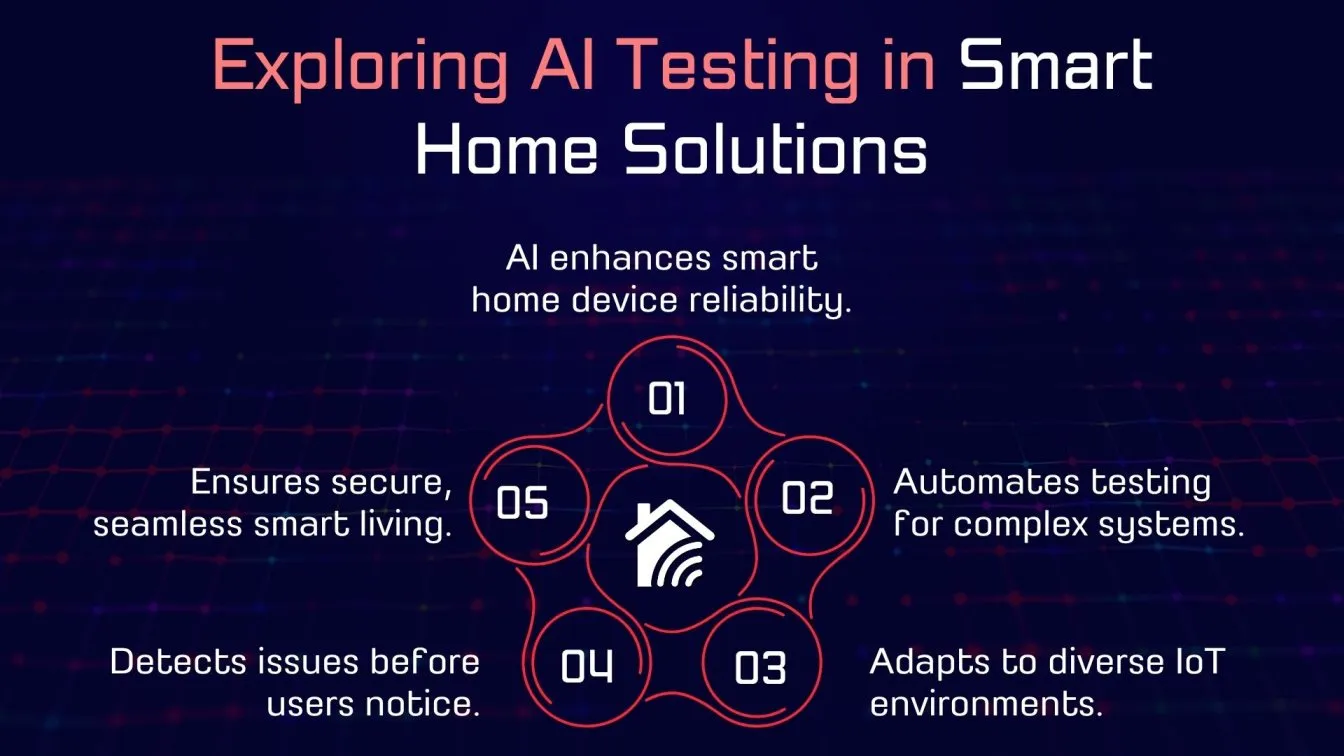
Credit: www.frugaltesting.com
Troubleshooting Common Issues
Smart home devices make life easier but can face issues. Fixing problems quickly keeps your system running smoothly.
Below are common issues and simple ways to troubleshoot them in your smart home setup.
Connectivity Problems
Connectivity issues stop devices from communicating. They may lose Wi-Fi or Bluetooth signals.
Check your internet connection and make sure your router is working. Move devices closer to the router if needed.
- Restart your Wi-Fi router and smart devices
- Check for network outages or slow internet
- Ensure devices connect to the correct Wi-Fi network
- Reduce interference from walls or other electronics
Device Malfunctions
Smart devices can freeze, lag, or stop working. This happens due to power issues or software glitches.
Try turning the device off and on. Make sure it has enough power or fresh batteries.
- Check power supply and battery levels
- Confirm devices are paired correctly
- Inspect for physical damage or loose connections
- Test the device with another app or controller
Reset And Firmware Updates
Resetting devices can fix many problems. Firmware updates improve performance and security.
Follow the device manual to reset it safely. Check the app or website for update alerts and install them.
- Perform a factory reset if device is unresponsive
- Keep device firmware up to date regularly
- Use official apps or tools for updates
- Backup settings before resetting or updating
Expanding Your Smart Home
Adding smart devices can make your home more comfortable and efficient. This guide helps you grow your smart home step by step.
Follow these tips to add devices, connect services, and keep your system ready for the future.
Adding New Devices
Choose devices that match your home’s current setup. Check if new devices work with your existing smart hub or system.
Test devices before full installation to avoid conflicts. Keep your network strong to support more devices.
- Check device compatibility
- Test device performance
- Ensure strong Wi-Fi coverage
- Keep device firmware updated
Integrating Third-party Services
Link your smart home to popular services like voice assistants or automation apps. This increases control and convenience.
Review privacy and security settings for each service. Use strong passwords and two-factor authentication when available.
- Connect voice assistants (Alexa, Google)
- Use automation platforms (IFTTT, SmartThings)
- Secure accounts with strong passwords
- Limit data sharing where possible
Future-proofing
Plan for future devices by choosing flexible systems. Use open standards like Zigbee or Z-Wave for easier upgrades.
Keep software updated and back up your settings. This helps protect your smart home from issues over time.
- Pick hubs that support multiple protocols
- Update device firmware regularly
- Back up device configurations
- Monitor system performance often
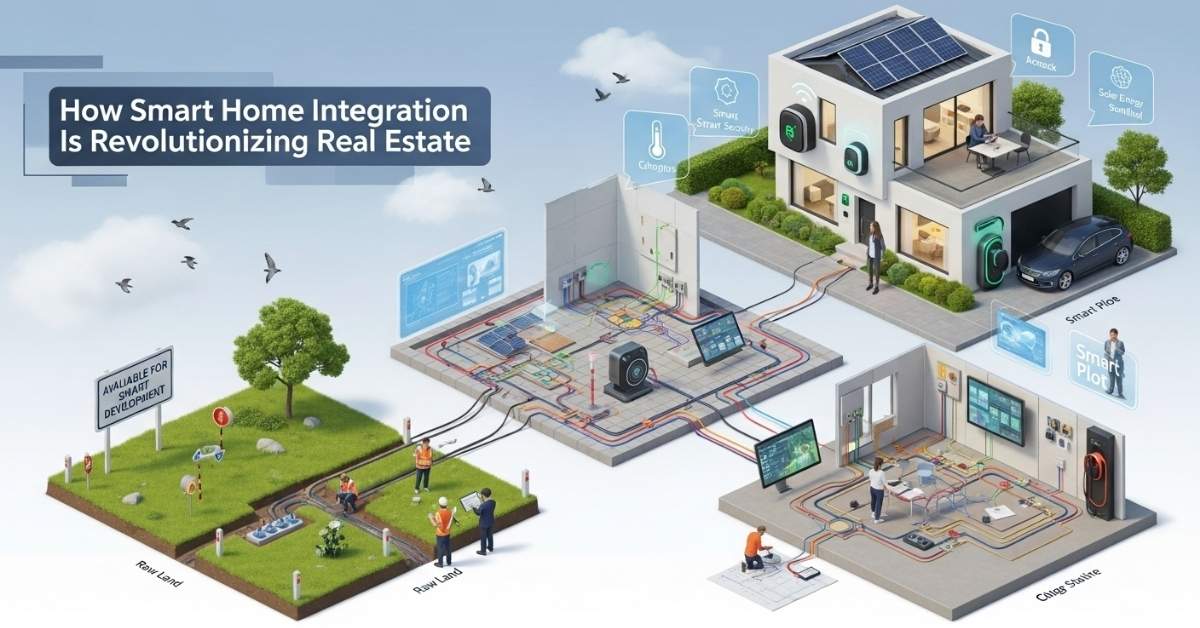
Credit: www.iyraproperties.com
Frequently Asked Questions
What Devices Are Essential For Smart Home Integration?
Essential devices include smart hubs, thermostats, security cameras, smart lights, and voice assistants. These connect and automate your home efficiently.
How Do I Ensure My Smart Home Is Secure?
Use strong passwords, enable two-factor authentication, and regularly update device firmware. Secure Wi-Fi networks also protect against unauthorized access.
Can Smart Home Devices Work Together Seamlessly?
Yes, devices compatible with common platforms like Alexa, Google Home, or Apple HomeKit integrate smoothly for unified control.
What Is The Best Way To Start Smart Home Integration?
Begin with a smart hub, then add compatible devices gradually. Focus on devices that improve daily convenience and security.
Conclusion
Creating a smart home can be simple with the right steps. This checklist provides a clear path to follow. Organize your devices for seamless operation. Keep security a top priority. Regular updates ensure your system runs smoothly. Test each component to prevent issues later.
Enjoy the convenience and efficiency a smart home offers. Technology should enhance, not complicate, your life. Take small steps for big improvements. Stay informed about new smart home trends. With careful planning, your smart home will thrive.
19 min read

